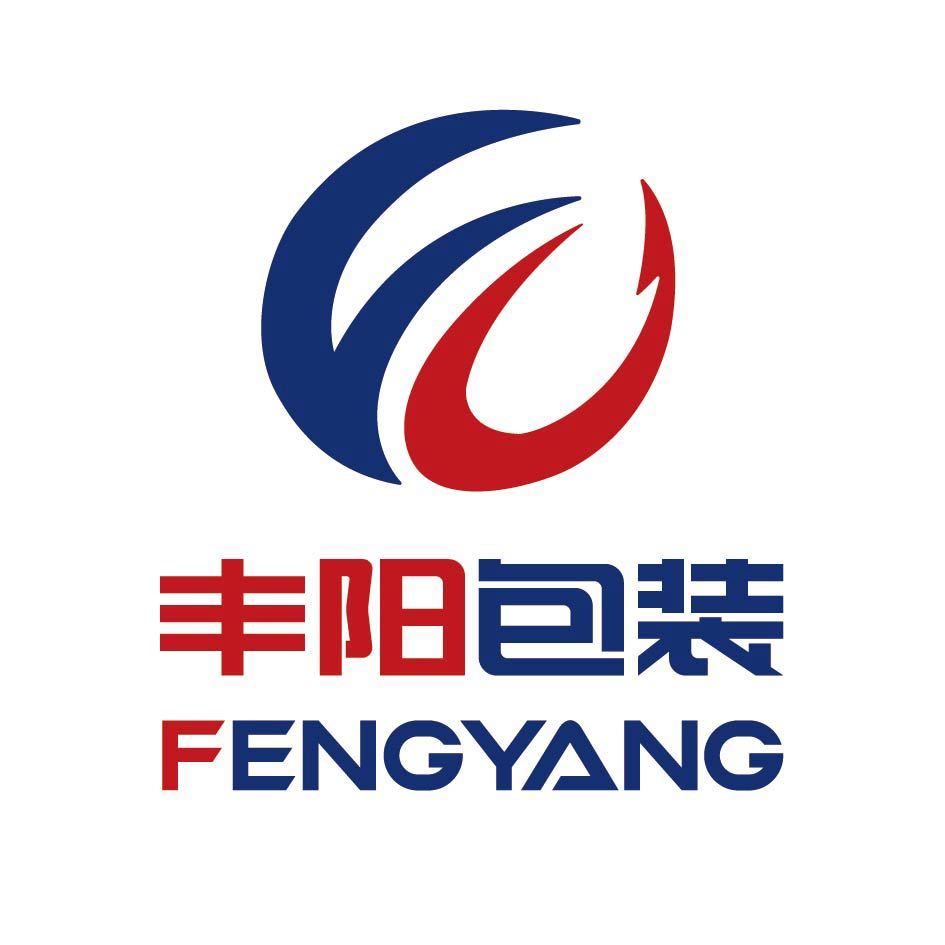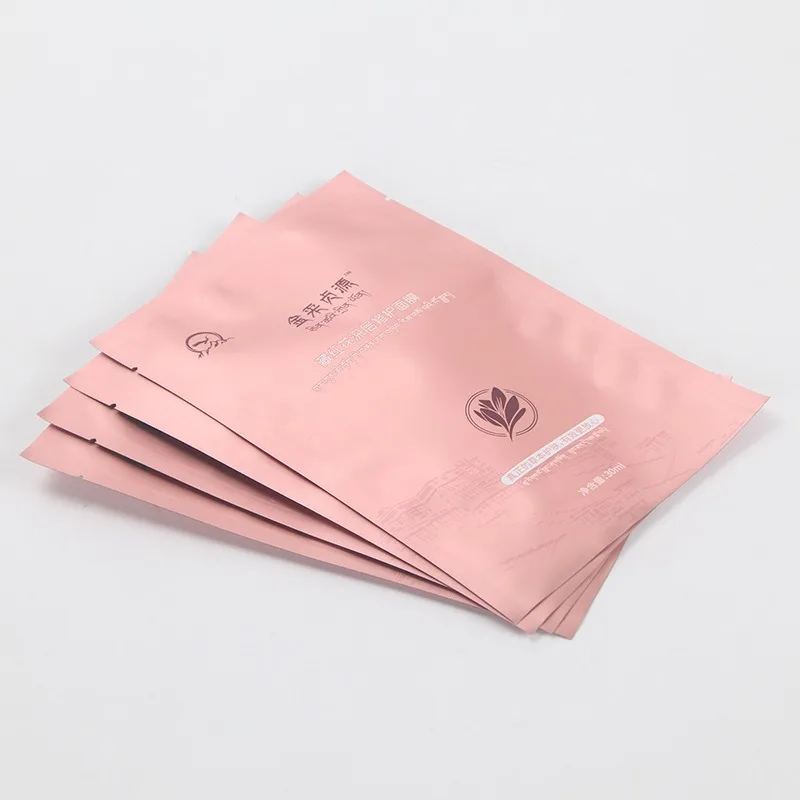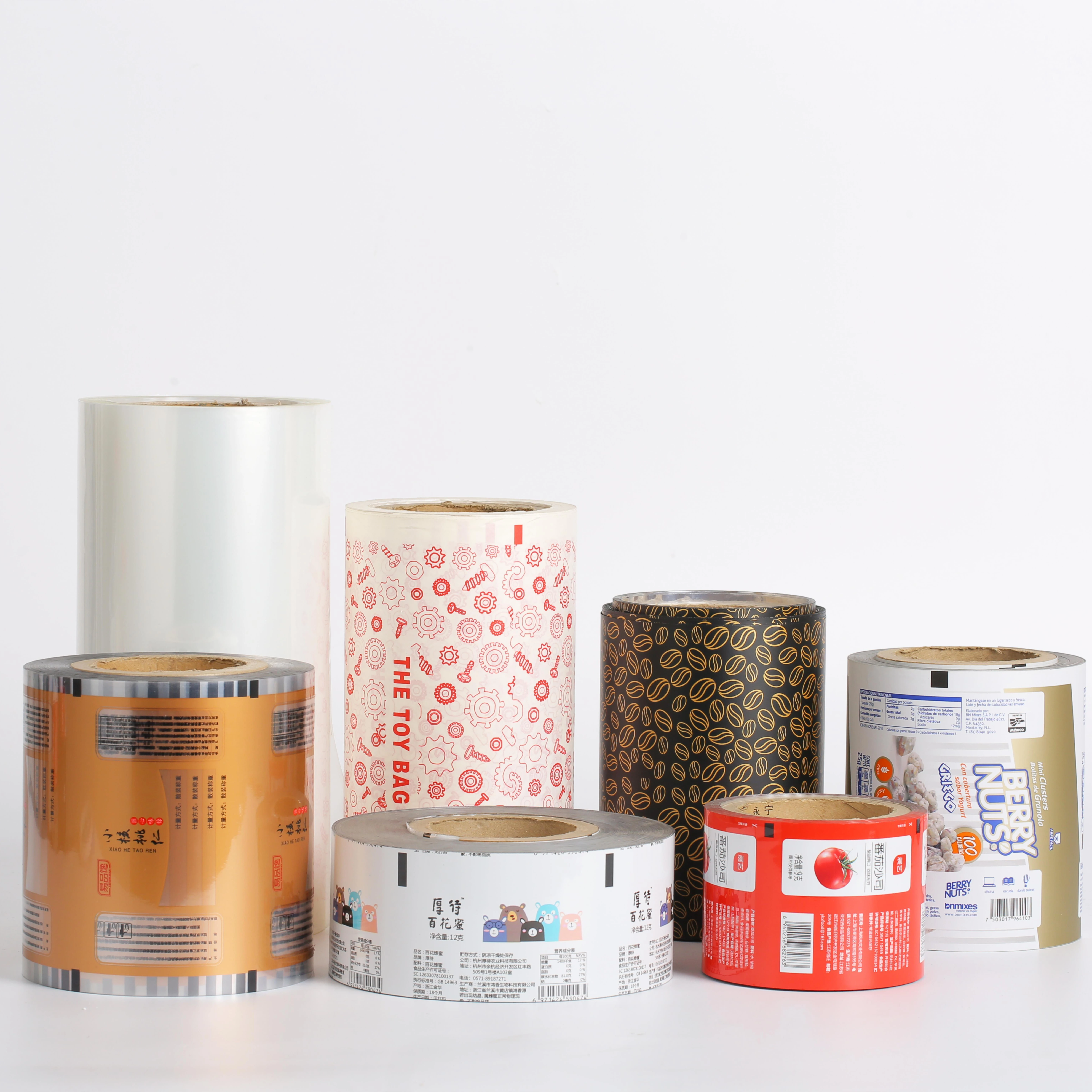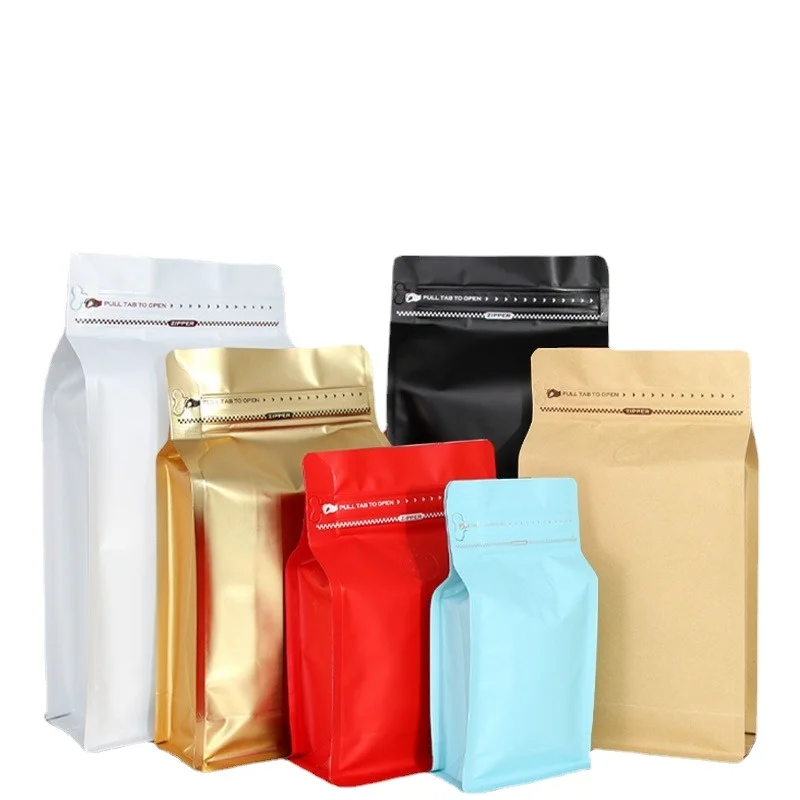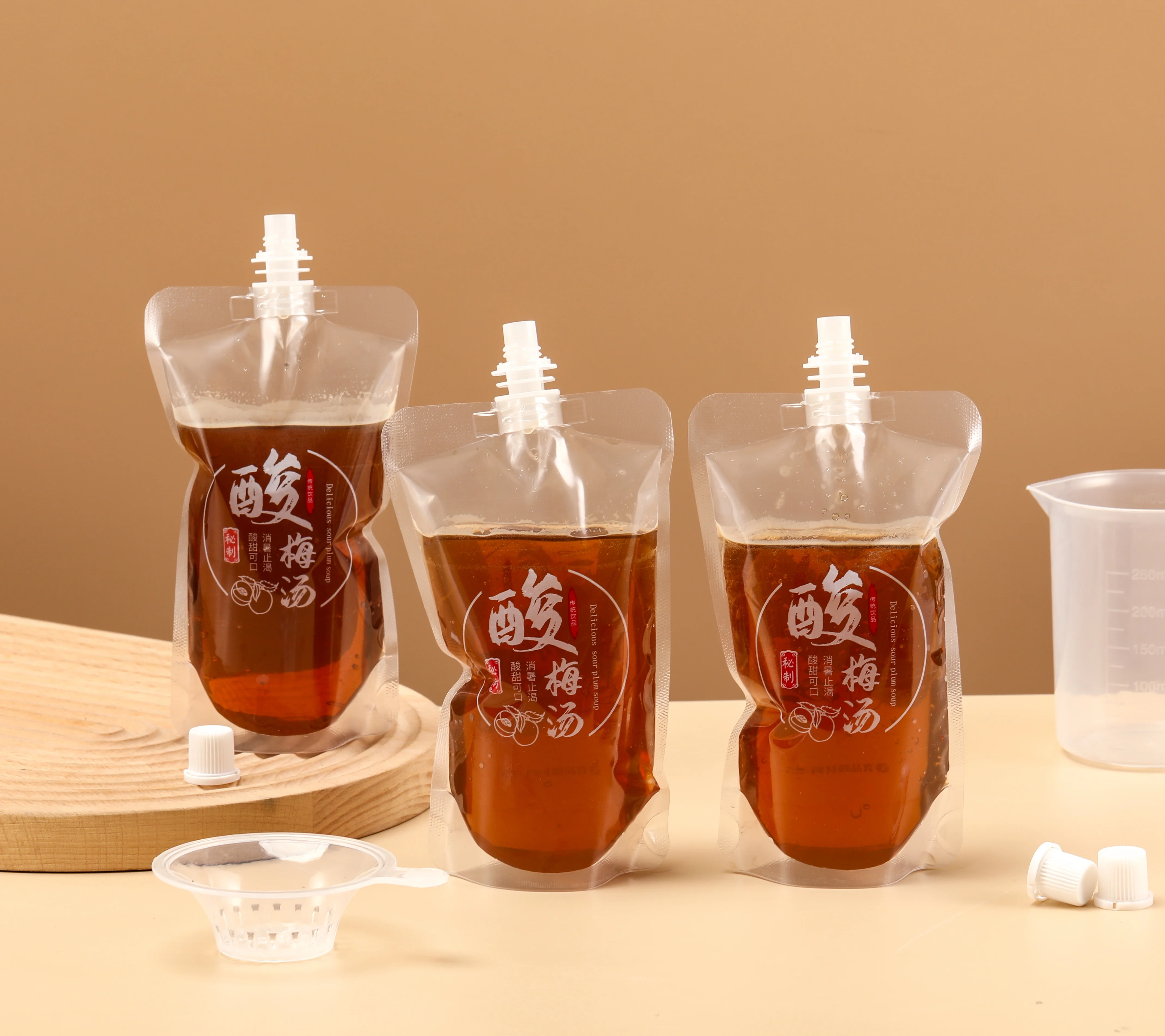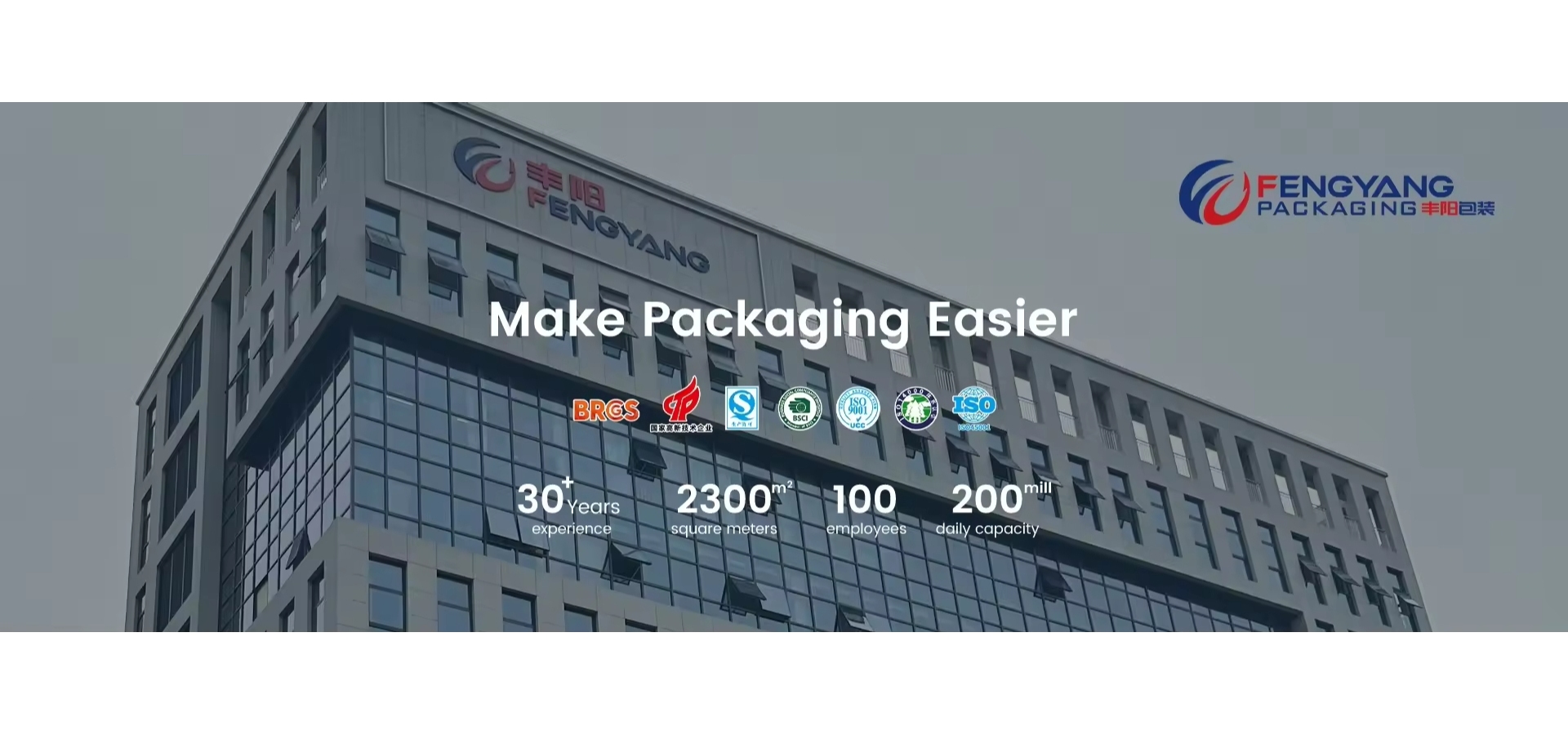
ABOUT
Wenzhou Fengyang Packaging Co., Ltd. is located in Cangnan County, Wenzhou City, Zhejiang Province, China's packaging and printing city. Founded in 2016, the company has a registered capital of 55.51 million yuan, an annual output value of 300 million yuan, a building area of 23000 square meters, more than 100 employees, a team of technical R&D engineers with 10 years of experience, and more than 10 patents for various packaging applications. It is a national high-tech enterprise in China and a technology-based enterprise in Zhejiang Province. The company has been focusing on the research and development and production of functional packaging products such as high barrier, light and heat avoidance, low-temperature freezing, high-temperature steaming, recycling, and degradability. The company has passed IS09001 quality management system certification, IS022000 food safety management system certification, etc. The products have passed multiple authoritative tests such as SGS,BSCI, and the materials comply with US FDA and EU standards. It is a technology-based manufacturing enterprise that integrates research and development, design, production, sales, and service.The company can support OEM, ODM customization, the main production of coffee bags, dog food bags, suction bags, self-supporting zipper bags. The company with excellent quality, good service, timely delivery to win the trust of customers at home and abroad.Thanks for the recognition of domestic and foreign customers, welcome to visit our factory at any time.
PRODUCTS
Food cooking bag packaging materials
Material Composition: A Balancing Act
The most common material used in food cooking bags is a multilayer composite film. This is not a single material, but rather a carefully engineered combination of several layers, each contributing specific properties. A typical construction might include a polyethylene (PE) layer for heat sealing and flexibility, a nylon layer for strength and puncture resistance, and possibly an ethylene vinyl alcohol (EVOH) layer as a barrier against oxygen, moisture, and aromas. The precise layering and type of polymers used varies depending on the intended application and the food being packaged. For example, a bag designed for sous vide cooking might prioritize superior barrier properties to maintain consistent temperature and prevent flavor degradation, while a bag for steaming vegetables might focus on heat resistance and permeability for steam release.
The choice of materials also influences the bag's overall performance. High-density polyethylene (HDPE) offers superior strength and durability compared to low-density polyethylene (LDPE), but may be less flexible. The addition of additives such as slip agents can improve the bag's ease of handling and prevent sticking. These carefully chosen components work together to create a package that's both functional and safe for its intended use.
Barrier Properties: Protecting Food Quality
A crucial aspect of food cooking bag materials is their barrier properties. The ability to prevent oxygen, moisture, and aromas from entering or escaping the bag is critical for maintaining food quality and extending shelf life. Oxygen can lead to oxidation, resulting in rancidity in fats and oils and discoloration in certain foods. Moisture can promote microbial growth and spoilage. Aromas can migrate, leading to off-flavors and cross-contamination.
EVOH is often included in the layered structure for its exceptional barrier properties. Other materials, such as metallized polymers or aluminum foil, can also be incorporated to further enhance barrier performance, especially for applications requiring extended storage or protection from light. The effectiveness of the barrier is dependent on the integrity of the layers and the overall quality of the sealing process. Any imperfections can compromise the barrier, leading to reduced shelf life and potential food spoilage.
Heat Resistance and Sealability: Essential for Cooking
Food cooking bags are designed to withstand high temperatures, making them suitable for various cooking methods such as boiling, steaming, and sous vide. The materials must maintain their structural integrity and not release harmful chemicals at these elevated temperatures. The heat sealing properties are equally important; the seams must be strong and leak-proof to prevent the escape of liquids or aromas during cooking.
The choice of polyethylene (PE) type plays a significant role in heat resistance and sealability. Different grades of PE have varying melting points and sealing characteristics, allowing manufacturers to select the optimal material for the desired cooking temperature and sealing method. The precise sealing temperature and pressure are also critical factors in ensuring a secure and leak-proof seal.
Sustainability and Environmental Impact: A Growing Concern
Increasingly, consumers and businesses are focusing on the environmental impact of packaging materials. The use of recyclable or biodegradable polymers is gaining traction in the food cooking bag industry. While many currently used polymers are not readily recyclable in conventional streams, research and development are actively exploring more sustainable alternatives. Compostable materials, derived from renewable resources, offer a potential solution but often come with trade-offs in terms of barrier properties and cost.
The focus on reducing environmental impact extends beyond material choice to encompass aspects like packaging design and waste management. Minimizing material usage, optimizing packaging size, and promoting proper disposal or recycling are crucial steps towards a more sustainable future for food cooking bag packaging.
SUBSCRIBE
INQUIRY
